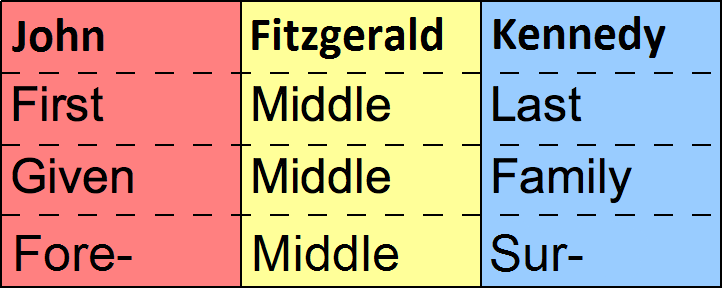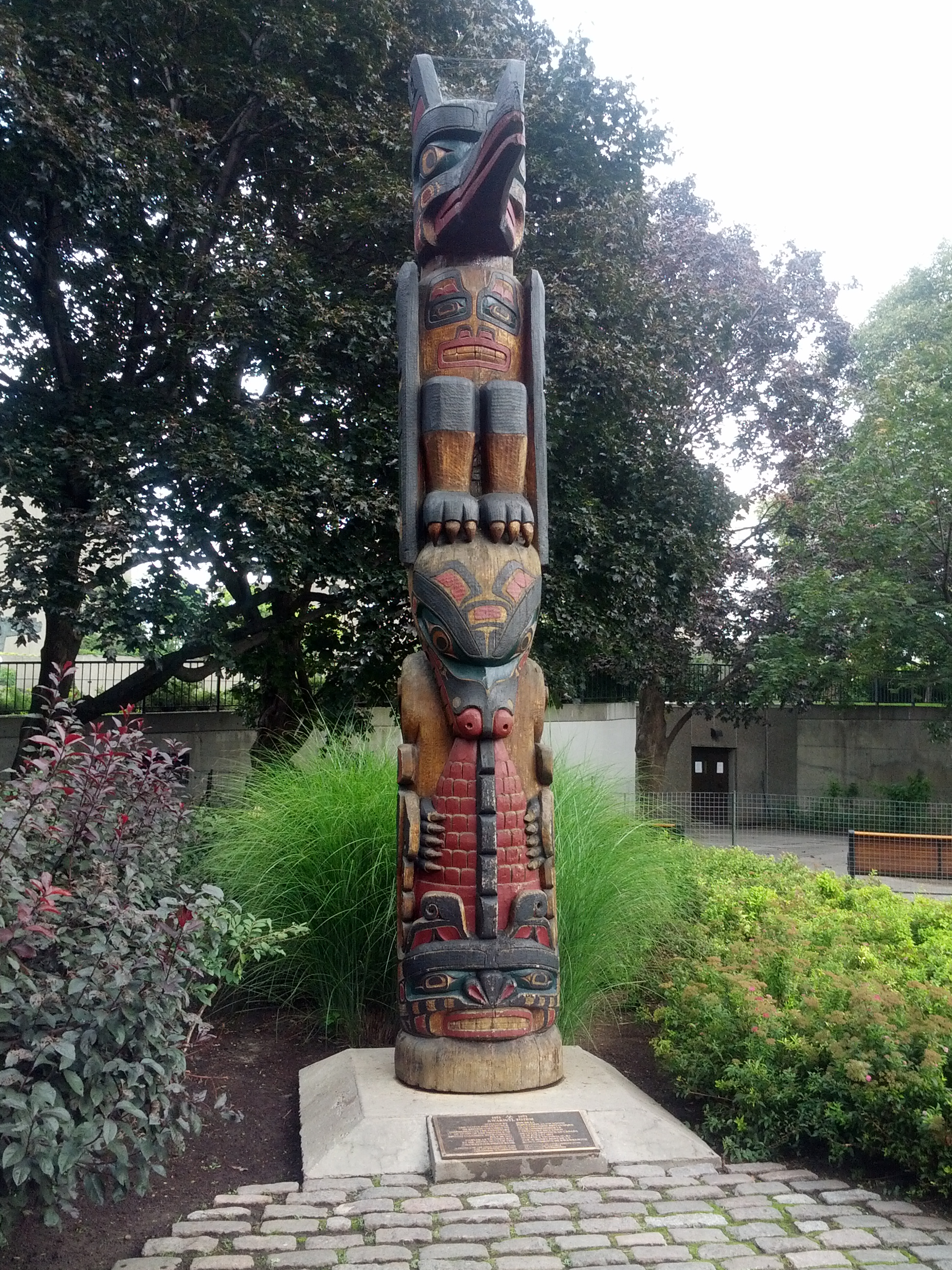|
Noongar Classification
In the tribal law of the Noongar, an Aboriginal Australian people, a kinship classification system determined descent and inheritance, and enforced restrictions on intermarriage between certain groups. Types '' Western Australia: An atlas of human endeavour'' divides the Noongar classification systems into four types: Perth * Matrilineal moieties and matrilineal clans * Includes Amangu, Yued, Wadjuk, Pinjareb, Wilmen, Ganeang, and Wardandi. These groups were split between the (White Cockatoo) Manitjmat and (Australian Raven) Wardungmat moieties; children were born into the mother's moiety. Both groups are exogamous. Bibelmen * Patrilineal moieties and patrilineal local descent groups * Includes Bibelmen and Mineng These groups used the same Manitjmat and Wardunmat moieties, but they determined descent patrilineally. Nyakinyaki * They had section levels similar to the Western Desert types, which were both patrilineal local descent groups * Includes Balardong and Nyakinyaki ... [...More Info...] [...Related Items...] OR: [Wikipedia] [Google] [Baidu] |
Noongar
The Noongar (, also spelt Noongah, Nyungar , Nyoongar, Nyoongah, Nyungah, Nyugah, and Yunga ) are Aboriginal Australian people who live in the South West, Western Australia, south-west corner of Western Australia, from Geraldton, Western Australia, Geraldton on the west coast to Esperance, Western Australia, Esperance on the south coast. There are 14 different groups in the Noongar cultural bloc: Amangu, Ballardong, Yued, Kaneang, Koreng, Mineng, Njakinjaki, Njunga, Pibelmen, Pindjarup, Wadandi, Whadjuk, Wiilman and Wudjari. The Noongar people refer to their land as . The members of the collective Noongar cultural bloc descend from people who spoke several languages and dialects that were often Mutual intelligibility, mutually intelligible. What is now classified as the Noongar language is a member of the large Pama–Nyungan languages, Pama–Nyungan language family. Contemporary Noongar speak Australian Aboriginal English (a dialect of the English language) laced with Noong ... [...More Info...] [...Related Items...] OR: [Wikipedia] [Google] [Baidu] |
Exogamy
Exogamy is the social norm of mating or marrying outside one's social group. The group defines the scope and extent of exogamy, and the rules and enforcement mechanisms that ensure its continuity. One form of exogamy is dual exogamy, in which two groups continually intermarry with each other. In social science, exogamy is viewed as a combination of two related aspects: biological and cultural. Biological exogamy is the marriage of people who are not blood relatives. This is regulated by incest taboo, incest taboos and Legality of incest, laws against incest. Cultural exogamy is marrying outside a specific cultural group; the opposite being endogamy, marriage within a social group. Biology of exogamy Exogamy often results in two individuals that are not closely genetically related marrying each other; that is, outbreeding as opposed to inbreeding. This may benefit offspring as it reduces the risk of the offspring inheriting two copies of a defective gene. Nancy Wilmsen Thornhi ... [...More Info...] [...Related Items...] OR: [Wikipedia] [Google] [Baidu] |
Family Name
In many societies, a surname, family name, or last name is the mostly hereditary portion of one's personal name that indicates one's family. It is typically combined with a given name to form the full name of a person, although several given names and surnames are possible in the full name. In modern times most surnames are hereditary, although in most countries a person has a right to name change, change their name. Depending on culture, the surname may be placed either at the start of a person's name, or at the end. The number of surnames given to an individual also varies: in most cases it is just one, but in Portuguese-speaking countries and many Spanish-speaking countries, two surnames (one inherited from the mother and another from the father) are used for legal purposes. Depending on culture, not all members of a family unit are required to have identical surnames. In some countries, surnames are modified depending on gender and family membership status of a person. C ... [...More Info...] [...Related Items...] OR: [Wikipedia] [Google] [Baidu] |
Sir George Grey
Sir George Grey, KCB (14 April 1812 – 19 September 1898) was a British soldier, explorer, colonial administrator and writer. He served in a succession of governing positions: Governor of South Australia, twice Governor of New Zealand, Governor of Cape Colony, and the 11th premier of New Zealand. He played a key role in the colonisation of New Zealand, and both the purchase and annexation of Māori land. Grey was born in Lisbon, Portugal, just a few days after his father, Lieutenant-Colonel George Grey, was killed at the Battle of Badajoz in Spain. He was educated in England. After military service (1829–37) and two explorations in Western Australia (1837–39), Grey became Governor of South Australia in 1841. He oversaw the colony during a difficult formative period. Despite being less hands-on than his predecessor George Gawler, his fiscally responsible measures ensured the colony was in good shape by the time he departed for New Zealand in 1845.G. H. Pitt, "The Cri ... [...More Info...] [...Related Items...] OR: [Wikipedia] [Google] [Baidu] |
Daisy Bates (Australia)
Daisy May Bates, CBE (born Margaret May O'Dwyer; 16 October 1859 – 18 April 1951) was an Irish-Australian journalist, welfare worker and self-taught anthropologist who conducted fieldwork among several Aboriginal groups in western and southern Australia. Born in Country Tipperary, Ireland in 1859, Bates migrated to Australia in 1883 where she married three times (at least one of which was bigamous) and gave birth to a son. She returned to England in 1894 and worked as a journalist and editor. She migrated to Western Australia in 1899, where she bought a cattle station and developed an interest in the culture and welfare of Aboriginal Australians. She published a number of articles on Aboriginal issues and from 1904 to 1910 was employed by the Western Australian government to collect ethnographic information on the Aboriginal people of that state. Her research and field work was published posthumously in 1985 as ''The Native Tribes of Western Australia''. Bates was appointe ... [...More Info...] [...Related Items...] OR: [Wikipedia] [Google] [Baidu] |
Exogamous
Exogamy is the social norm of mating or marrying outside one's social group. The group defines the scope and extent of exogamy, and the rules and enforcement mechanisms that ensure its continuity. One form of exogamy is dual exogamy, in which two groups continually intermarry with each other. In social science, exogamy is viewed as a combination of two related aspects: biological and cultural. Biological exogamy is the marriage of people who are not blood relatives. This is regulated by incest taboos and laws against incest. Cultural exogamy is marrying outside a specific cultural group; the opposite being endogamy, marriage within a social group. Biology of exogamy Exogamy often results in two individuals that are not closely genetically related marrying each other; that is, outbreeding as opposed to inbreeding. This may benefit offspring as it reduces the risk of the offspring inheriting two copies of a defective gene. Nancy Wilmsen Thornhill states that the drive in hu ... [...More Info...] [...Related Items...] OR: [Wikipedia] [Google] [Baidu] |
Totemism
A totem (from or ''doodem'') is a spirit being, sacred object, or symbol that serves as an emblem of a group of people, such as a family, clan, lineage, or tribe, such as in the Anishinaabe clan system. While the word ''totem'' itself is an anglicisation of the Ojibwe term (and both the word and beliefs associated with it are part of the Ojibwe language and culture), belief in tutelary spirits and deities is not limited to the Ojibwe people. Similar concepts, under differing names and with variations in beliefs and practices, may be found in a number of cultures worldwide. The term has also been adopted, and at times redefined, by anthropologists and philosophers of different cultures. Contemporary neoshamanic, New Age, and mythopoetic men's movements not otherwise involved in the practice of a traditional, tribal religion have been known to use "totem" terminology for the personal identification with a tutelary spirit or spirit guide. Ojibwe ''doodemen'' The Anishinaab ... [...More Info...] [...Related Items...] OR: [Wikipedia] [Google] [Baidu] |
Patrilineal
Patrilineality, also known as the male line, the spear side or agnatic kinship, is a common kinship system in which an individual's family membership derives from and is recorded through their father's lineage. It generally involves the inheritance of property, rights, names, or titles by persons related through male kin. This is sometimes distinguished from cognate kinship, through the mother's lineage, also called the spindle side or the distaff side. A patriline ("father line") is a person's father, and additional ancestors, as traced only through males. In the Bible In the Bible, family and tribal membership appears to be transmitted through the father. For example, a person is considered to be a priest or Levite, if his father is a priest or Levite, and the members of all the Twelve Tribes are called Israelites because their father is Israel (Jacob). In the first lines of the New Testament, the descent of Jesus Christ is counted through the male lineage from Abraham through ... [...More Info...] [...Related Items...] OR: [Wikipedia] [Google] [Baidu] |
Moiety (kinship)
In the anthropological study of kinship, a moiety () is a descent group that coexists with only one other descent group within a society. In such cases, the community usually has unilineal descent (either Patrilineality, patri- or Matrilineality, matrilineal) so that any individual belongs to one of the two moiety groups by birth, and all marriages take place between members of opposite moieties. It is an exogamous clan, clan system with only two clans. In the case of a patrilineal descent system, one can interpret a moiety system as one in which women are exchanged between the two moieties. Moiety societies operate particularly among the indigenous peoples of Indigenous peoples of the Americas , North America, Australian Aboriginal kinship, Australia (see Australian Aboriginal kinship for details of Aboriginal moieties), and Indonesia. Etymology The word ''moiety'' comes from Latin ''medietat-'', meaning 'a half', through Anglo-Norman_language, Anglo-Norman ''moité''. R ... [...More Info...] [...Related Items...] OR: [Wikipedia] [Google] [Baidu] |
Aboriginal Australian
Aboriginal Australians are the various indigenous peoples of the Australian mainland and many of its islands, excluding the ethnically distinct people of the Torres Strait Islands. Humans first migrated to Australia 50,000 to 65,000 years ago, and over time formed as many as 500 language-based groups. In the past, Aboriginal people lived over large sections of the continental shelf. They were isolated on many of the smaller offshore islands and Tasmania when the land was inundated at the start of the Holocene inter-glacial period, about 11,700 years ago. Despite this, Aboriginal people maintained extensive networks within the continent and certain groups maintained relationships with Torres Strait Islanders and the Makassar people of modern-day Indonesia. Over the millennia, Aboriginal people developed complex trade networks, inter-cultural relationships, law and religions, which make up some of the oldest, and possibly ''the'' oldest, continuous cultures in the world ... [...More Info...] [...Related Items...] OR: [Wikipedia] [Google] [Baidu] |
Pindjarup
The Bindjareb, Binjareb, Pindjarup or Pinjareb are an Indigenous Noongar people that occupy part of the South West of Western Australia. Name It is not clear if ''Pindjarup'' is the historically correct ethnonym for the tribe. After their disappearance, the only sources for them came from Kaneang informants. The word itself may reflect a lexeme ''pinjar''/''benjar'' meaning ''wetlands'' or ''swamps'', which would yield the idea that the Pindjarup were "people of the wetlands". Country Pindjarup tribal estates extended over an estimated , taking in Pinjarra, Harvey and the Leschenault Estuary. They were also present on Murray River's lower reaches. Social organization and lifestyle As a people of the wetlands, the Pindjarup were famed for their fish-traps, and a seasonal cycle of six seasons, making full use of the environmental resources from the coastal estuaries and sand-dunes, through the interior lakes and wetlands to the more fertile soils of the Darling Scarp footh ... [...More Info...] [...Related Items...] OR: [Wikipedia] [Google] [Baidu] |





